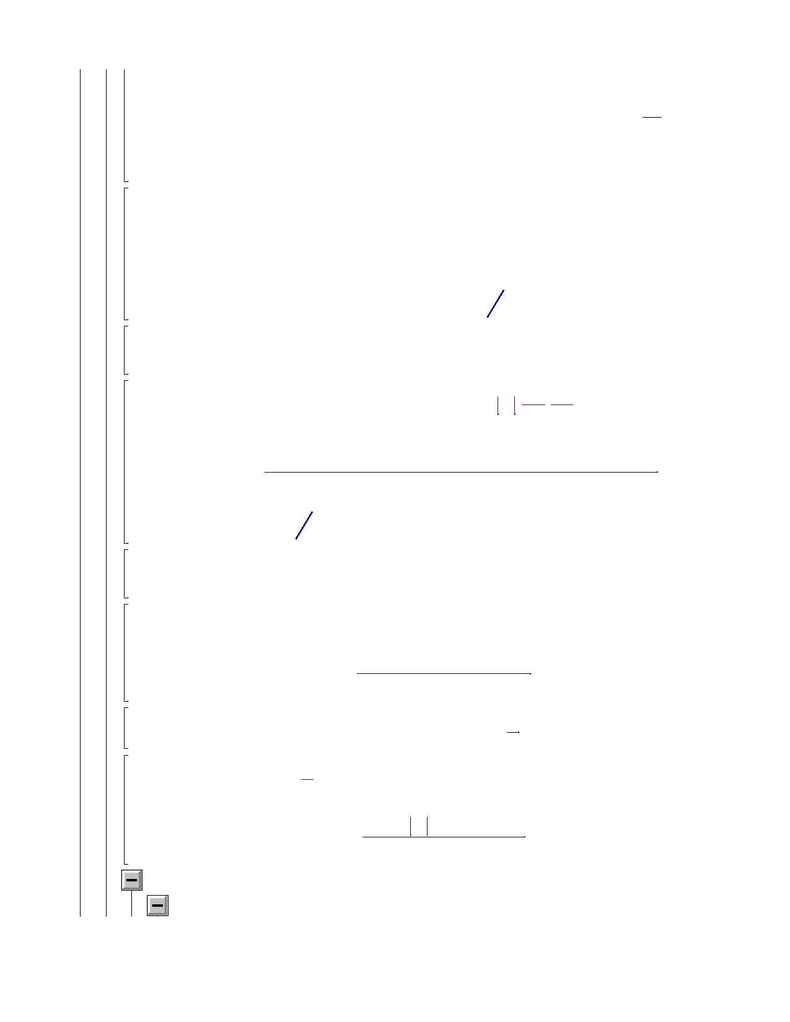Astronomical Applications Department, U.S. Naval Observatory Precession Maple Page 41

which is simple harmonic motion with a small linear drift in
( )
t
. The second consequence
stems from either the first or the third equation (both say the same thing). Setting
=
2
t
2
0
places a constraint on the value of the longitudinal motion -- i.e., the precession rate. We
then have
(
)
subs
,
(
)
select
,
,
has gsubs g
(
)
isolate
,
(
)
rhs eqs2
3
:=
precession_rate
%
(
)
-
+
(
)
cos
Z
Y
(
)
sin
( )
cos
X
(
)
sin
( )
sin
(
)
G
, , ,
,
,
a b h A
C
A
T
(
-
=
(
)
-
-
+
(
)
sin
Z
(
)
cos
Y
( )
cos
( )
sin
(
)
cos
X
(
)
- +
1
I
xy
(
)
sin
)
(
)
To make this expression a little bit clearer, further assume that the pressure is mainly along
the Z axis -- that is, that
X
and
Y
are small. Then this expression becomes
Collect
,
,
(
)
expansion
,
,
% [
]
,
X
Y
1
, ,
,
,
,
,
(
)
G
, , ,
,
,
a b h A
C
A
T
P
1
1
I
xy
- +
1
Z
factor
-
(
)
cos
Z
2
(
)
-
(
)
cos
(
)
sin
(
)
+
(
)
cos
(
)
sin
(
)
-
X
( )
sin
Y
( )
cos
Z
(
)
sin
=
(
)
G
, , ,
,
,
a b h A
C
A
T
(
)
- +
1
I
xy
(
)
Thus, we have a weak phase dependence on the non-axial pressure components. For the
purely axial case
=
Z
1
, we have
(
)
subs
,
,
,
=
Z
1
=
X
0
=
Y
0 %
=
(
)
cos
(
)
G
, , ,
,
,
a b h A
C
A
T
(
)
- +
1
I
xy
Finally, the precession for a flat disk of uniform albedo,
=
2
,
=
A
C
A
, and
=
A
T
A
, is
factor
eval
subs
,
,
,
,
gsubs
=
2
=
A
C
A
=
A
T
A %
=
(
)
cos
P
h b
2
(
)
- +
1
A
(
)
- +
1
I
xy
Precession Null
Numerical
Page 41
